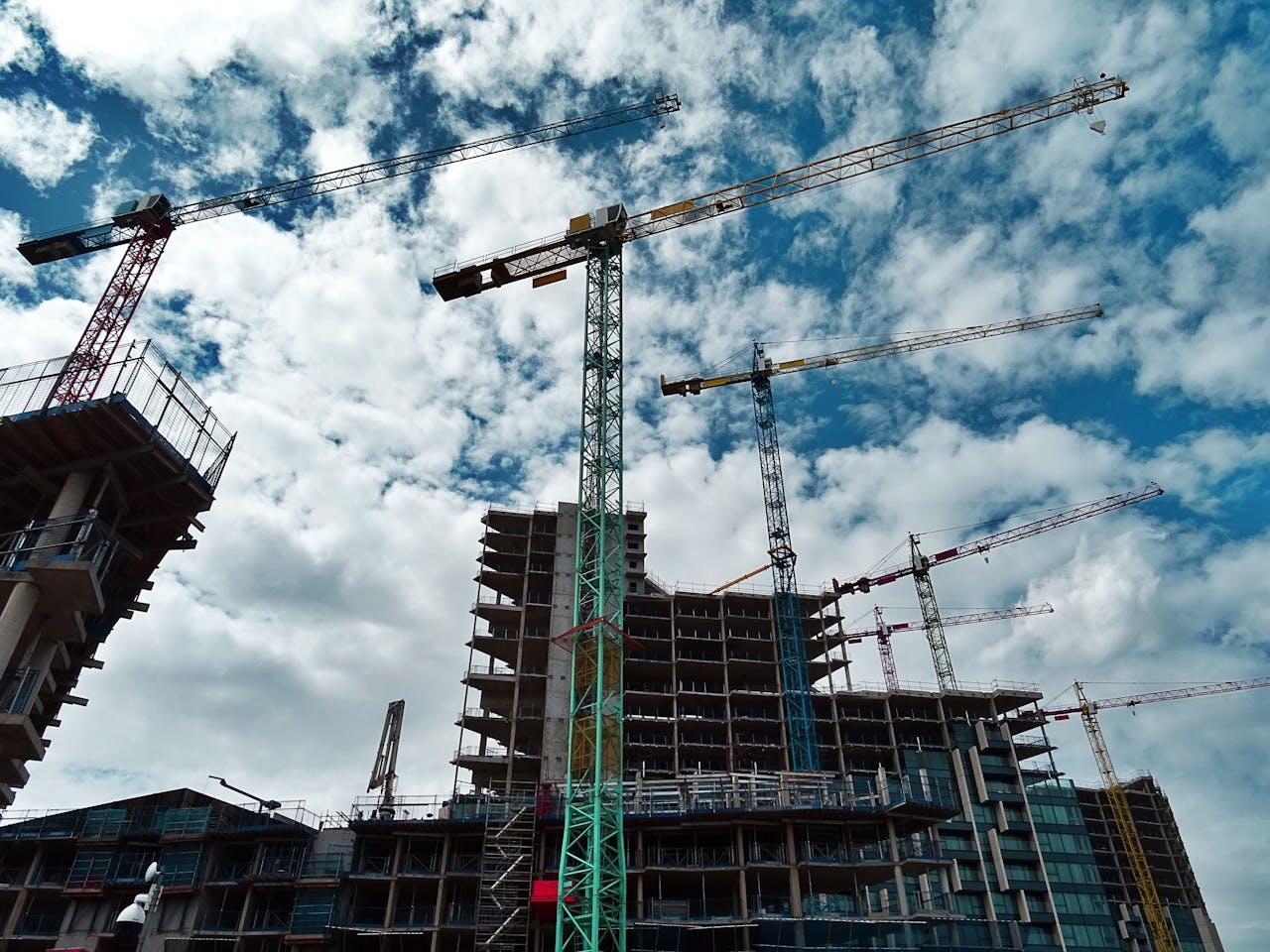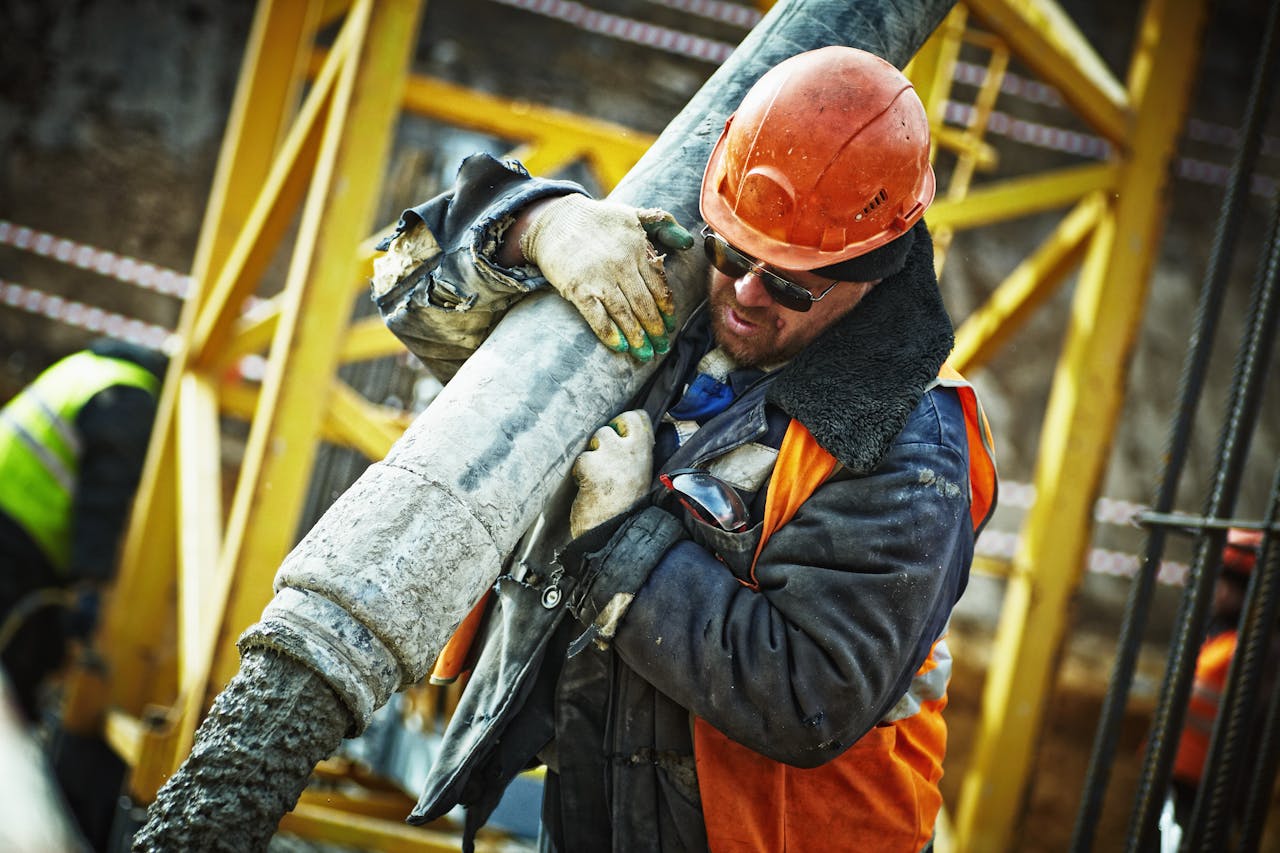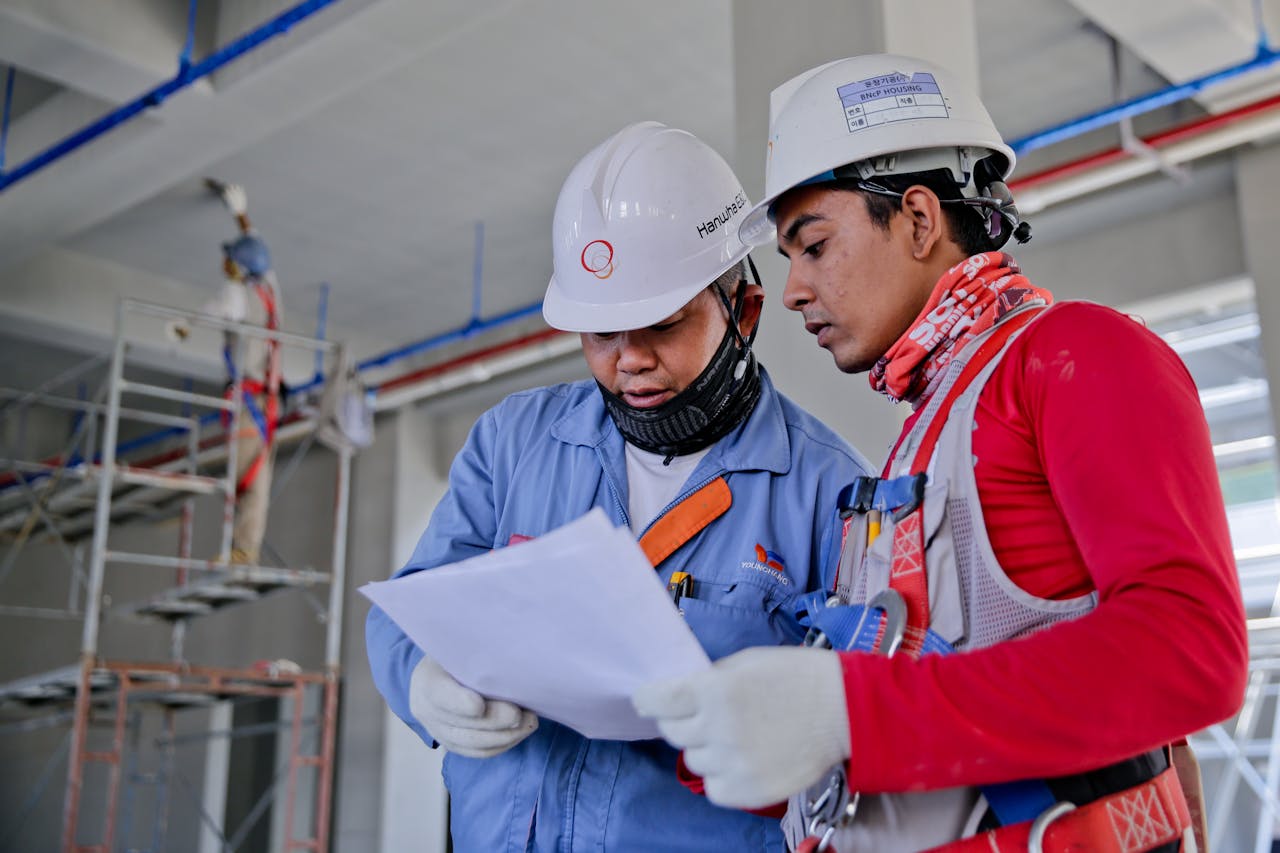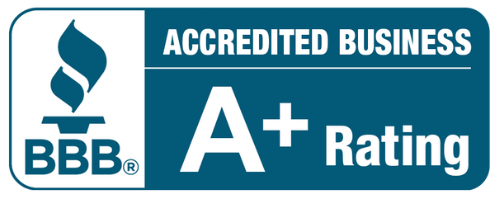
Construction sites are bustling with activity, where workers are engaged in various tasks that demand physical exertion and coordination. However, this industry is also notorious for its high rate of accidents and injuries. According to the Occupational Safety and Health Administration (OSHA), one in five worker deaths in the U.S. is in construction. This alarming statistic underscores the urgent need for stringent safety protocols in construction to protect the health and well-being of construction workers.
The Importance of Safety Protocols in Construction
Construction safety protocols are not just a legal requirement but also a moral obligation. They are essential for safeguarding the lives and health of workers who put themselves at risk daily to build our infrastructure. These protocols encompass various measures, from personal protective equipment (PPE) to training programs and hazard identification procedures.
Personal Protective Equipment (PPE)
PPE is the first line of defense against workplace hazards. It includes hard hats, gloves, safety glasses, and high-visibility clothing. Each piece of PPE serves a specific purpose, such as protecting the head from falling objects or the eyes from debris. Employers must provide appropriate PPE to workers and verify it is always worn correctly.

Training Programs
Training programs help workers know the potential risks and how to mitigate them. These programs should cover various topics, including proper lifting techniques, fall prevention, and emergency procedures. Regular refresher courses should also be provided to keep workers up-to-date on the latest safety protocols.
Hazard Identification Procedures
Identifying hazards is the first step in preventing accidents. Employers should regularly inspect the worksite to identify hazards such as uneven surfaces, exposed wires, or hazardous materials. Once risks are identified, they should be eliminated or mitigated, such as installing guardrails or providing proper ventilation.
The Role of Technology
Technology plays an increasingly important role in improving safety in the construction industry. For example, drones can be used to conduct aerial inspections of worksites, reducing the need for workers to climb ladders or scaffolding. Wearable technology, such as smart helmets, can monitor vital signs and alert workers to potential hazards.

The Human Factor
While technology can help improve safety, the human factor remains important. Workers must be trained to use technology correctly and be vigilant in identifying hazards. Employers must also foster a culture of safety where workers feel comfortable reporting unsafe conditions and taking proactive measures to prevent accidents.
Safety Committees and Communication
Establishing safety committees can be an effective way to involve workers in the safety process. These committees can review safety policies, conduct safety audits, and provide feedback to management. Regular communication between workers and management is essential for identifying potential hazards and implementing appropriate safety measures.
Emergency Preparedness
In addition to preventing accidents, preparing for emergencies is important. That includes having a clear evacuation plan, providing first aid training to workers, and checking that emergency equipment, such as fire extinguishers and first aid kits, is readily available. Regular drills should also verify workers are familiar with emergency procedures.
The Importance of Hiring a Moving Company for Construction Material Relocation
Relocating construction materials is an important aspect of any construction project, and it requires careful planning and execution to guarantee the safety of workers and the integrity of the materials. While it may be tempting to assign this task to untrained workers to save costs, the importance of hiring a professional moving company cannot be overstated.
In this regard, helixmoveva.com, a reputable moving company, has the expertise and equipment to handle construction materials safely and efficiently. They are trained in proper lifting techniques, load distribution, and securing transport materials, which reduces the risk of accidents and damage to the materials. In addition, they are insured, providing an added layer of protection in case of any unforeseen incidents.
Regular Safety Inspections
Regular safety inspections are a cornerstone of effective safety protocols in construction. These inspections should be conducted by trained professionals who can identify potential hazards and recommend appropriate corrective actions. Inspections should be performed at regular intervals, such as weekly or monthly, depending on the size and complexity of the worksite. The findings of these inspections should be documented and shared with workers and management to ensure that any identified hazards are addressed promptly.

Safety Training for Supervisors
Supervisors play a big role in the safety of workers on construction sites. They oversee the work and certify that safety protocols are followed. Therefore, supervisors must receive comprehensive safety training. This training should cover hazard identification, emergency procedures, and effective communication. Supervisors should also be trained to recognize signs of fatigue or stress in workers and take appropriate action to prevent accidents.
Mental Health Support
Construction work can be physically demanding and mentally taxing. Workers may face long hours, tight deadlines, and high-pressure situations. Therefore, employers must provide mental health support to their workers. That can include access to counseling services, stress management programs, and resources for dealing with substance abuse issues. Employers should also foster a supportive work environment where workers feel comfortable discussing mental health concerns without fear of stigma or discrimination.
Community Engagement
Construction projects can have a significant impact on the surrounding community. Therefore, engaging with the community and addressing concerns or issues is important. That can include holding public meetings to discuss the project, providing regular updates on progress, and addressing any environmental or safety concerns that may arise. By engaging with the community, construction companies can build trust and goodwill, which can benefit the project as a whole.
Conclusion
Construction safety protocols are protecting the health and well-being of workers. Employers must provide appropriate PPE, training programs, and hazard identification procedures to ensure a safe working environment. Technology can also improve safety, but the human factor remains critical. We can create a safer and more productive construction industry by prioritizing worker health and injury prevention.











